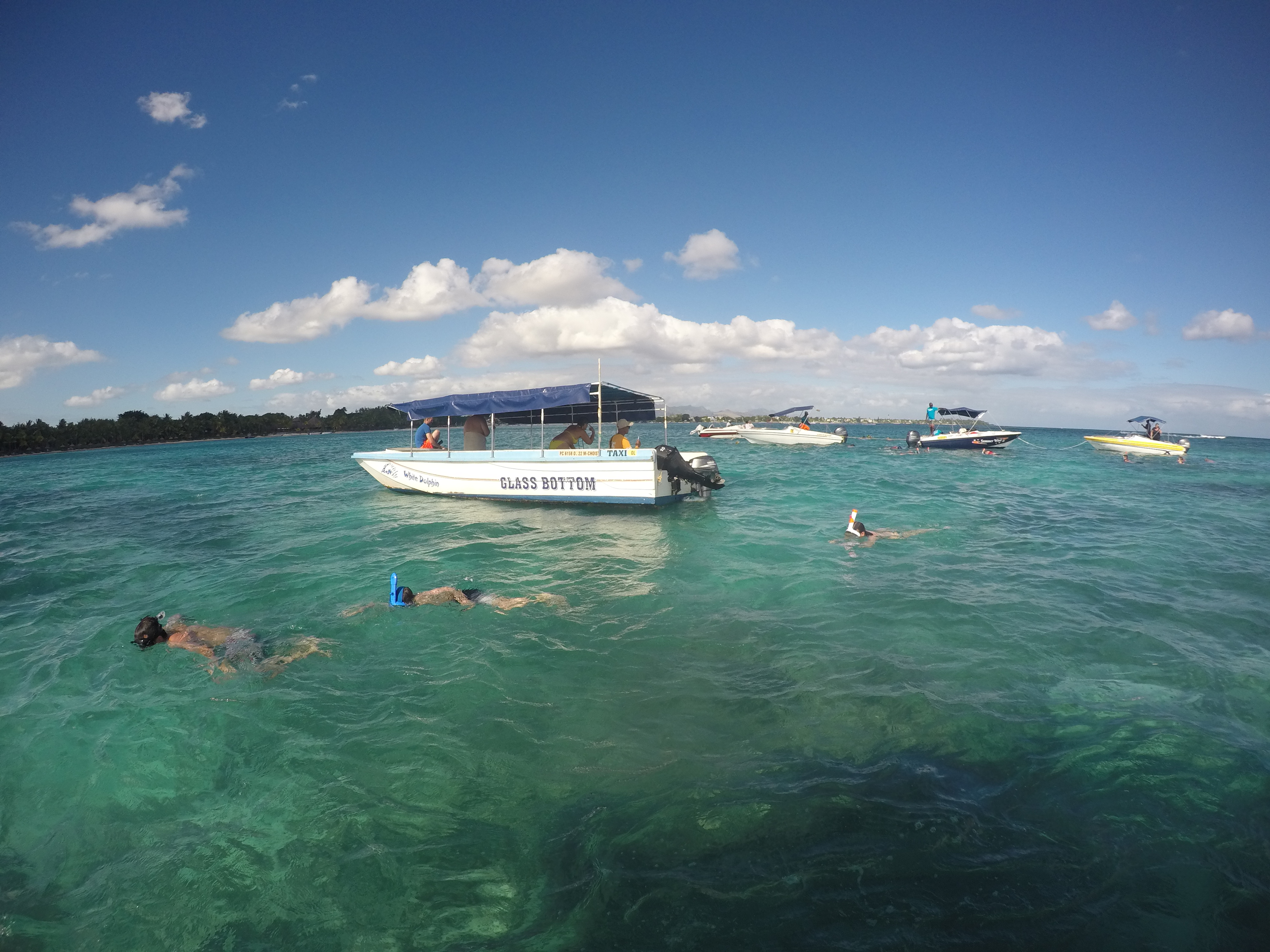
Ranomafana appears after a fantastic entrance through a dry rocky valley spotted with two-storey highlands houses. After a long day’s travel, it feels like you have reached a mysterious island. The air is fresh and cool, and the nearby presence of the forest, with all of its strange sounds, is alluring. ‘Ranomafana’ which translates to ‘Hot Springs’ in Malagasy, referencing to its hot springs that you will find plenty in the national park.

Why do people come to this national park? It is in between Antsirabe and Ambalavao. Parc National de Ranomafana contains 400 sq km of oddly shaped rolling hills carpeted in jungle and fed by rushing streams, with the main objective of conserving the two rare lemur species – golden bamboo lemur and greater bamboo lemur.

We arrived in Ranomafana the night before, then set off after breakfast to trek with the lemurs. However, the weather was not kind to us and it was raining the whole morning.

There are 29 mammal species, including 12 species of lemur. The forest abounds with reptiles and amphibians, and the birdlife is exceptional. Although famous for its animals, the park’s plant life is just as impressive, with orchids, tree ferns, palms, mosses and stands of giant bamboo.

We started our walk with an English-speaking guide. We crossed the bridge where there was a ticket control, before reaching the forested part. As it was raining and we did not come prepared, we rented a jacket from one of the other tour guides (Ar10000). Guides jostle to get business as it would be their salary for the day. In Ranomafana national park, it is compulsory to go with a guide.
Our English-speaking guide paired with a spotter who would go ahead of us to spot the lemurs, then communicate back on the exact location. In this way, time would be saved as we do not need to walk around in circles to look for the lemurs.

There were two places that we saw the golden bamboo lemurs. One was further up in the tree branches and the second time was really close up. We saw the lemurs feasting on bamboo in their natural habitats. They do not appear golden unless the sun is shining on their fur. Unfortunately, it was a rainy day and there was no sunshine in sight.

After this spotting, we walked for another 10 minutes to the viewpoint. It was a disappointing sight because there was no views. Clouds shrouded the viewpoint and I grudingly took a photo with my wife.

By then, I was ready to go out of the park. As I do not like trekking in the rain, this was one of my unenjoyable hikes in Madagascar. Somehow my wife enjoyed the rain. She even got bitten by a leech, which the guide swiftly used his fingers to remove for her.

We bid farewell to our guide and continued on the road to our next stop, Fianarantsoa. For those who are interested in spotting the noctural lemurs, you can also sign up for the night walk. We did not do this as we arrived in the evening at the hotel and wanted to have a good rest.
When to go?

Like most of eastern Madagascar, Ranomafana National Park is warm and humid all year round. Even during the dry season (April to December) rain falls on an almost daily basis; however, the rains are lighter and shorter during this time. Early July to early September is peak season and visitors who travel during these months can expect longer dry spells, lower humidity and fewer insects. However, this is also the park’s busiest and most expensive time in terms of accommodation.
Entrance fees
Each adult foreign visitor has to pay 55,000 Ar per and for children the fee is 25,000 Ar per day. This has to be paid after a “community charge” of 2,000 Ar per day per person. You can pay your dues at the booth near the park’s checkpoint.
